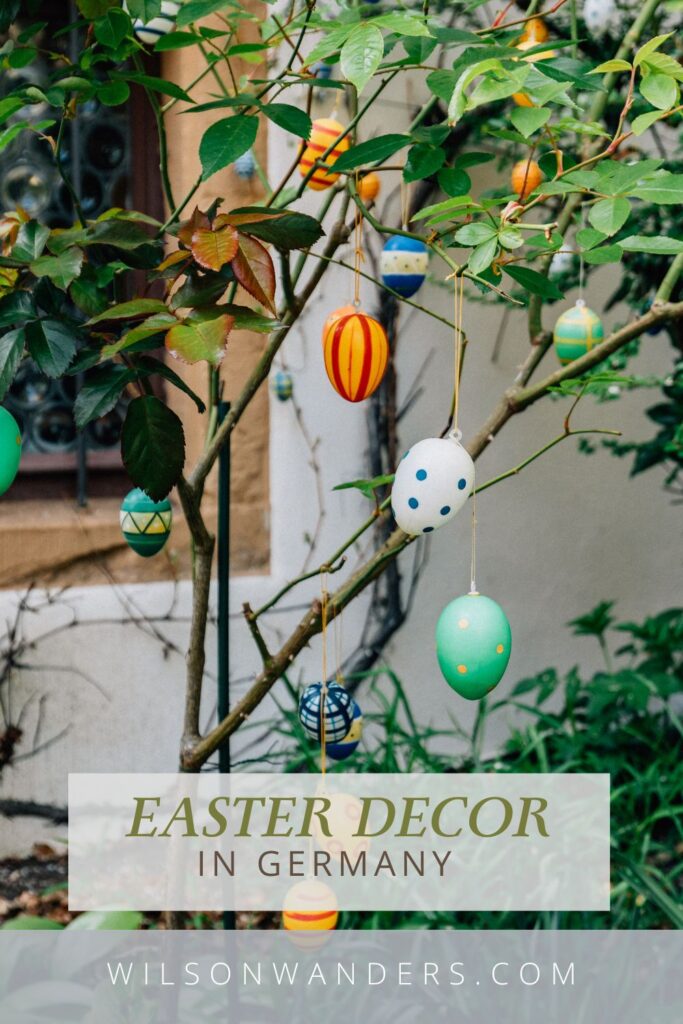
In Germany, the tradition of decorating trees with Easter eggs, known as Ostereierbaum, is a cherished custom that brings vibrant colors to gardens and public spaces each spring. This unique practice involves hanging beautifully decorated eggs on the branches of trees and bushes, symbolizing new life and the arrival of warmer days.
The tradition dates back centuries, with roots in German folklore and Christian symbolism. While real eggs were originally used—carefully blown out, painted, and strung up—modern decorations often include plastic or wooden eggs for durability. Families, schools, and entire communities participate in this festive activity, creating stunning displays of thousands of eggs in some places.
One of the most famous Easter egg trees was the Saalfeld Easter Egg Tree, started by the Kraft family in Thuringia. Over the years, their tree grew to display more than 10,000 hand-decorated eggs, attracting visitors from around the world.
Even today, cities and villages across Germany embrace this tradition, turning bare trees into dazzling spectacles of color and creativity. The Ostereierbaum continues to be a beloved symbol of Easter joy, bringing communities together in celebration of renewal and hope.
As an Amazon Affiliate, I earn from qualifying purchases. Copyright ©2024 WilsonWanders.com




